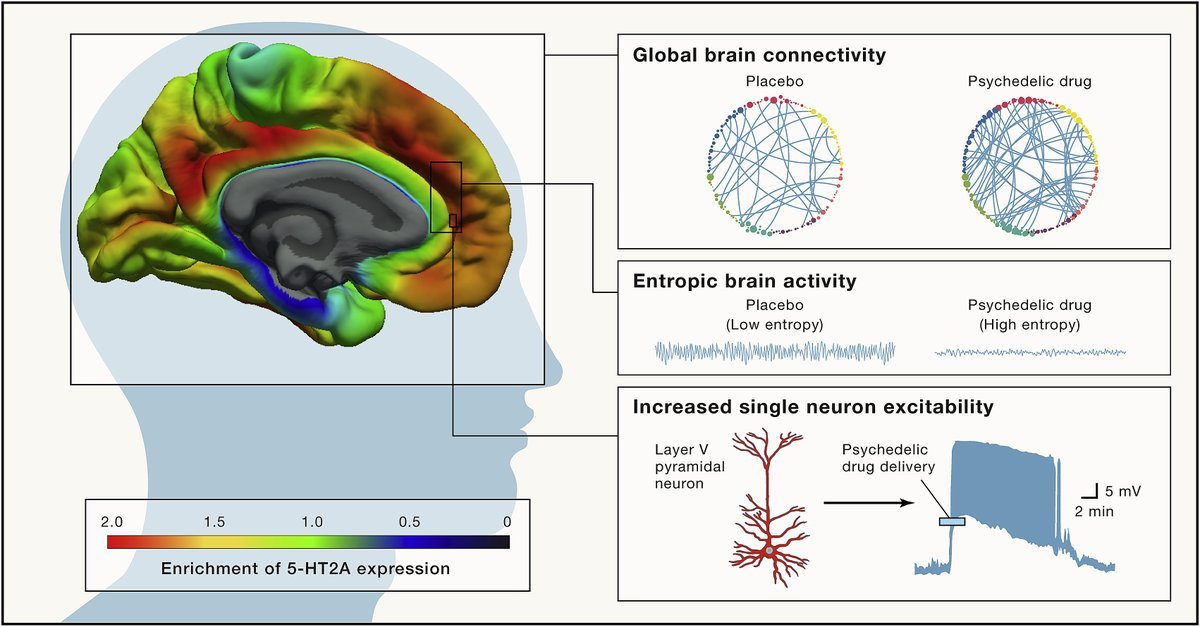Sublime
An inspiration engine for ideas
#69 Iain McGilchrist - The Mind is More Than a Machine
open.spotify.comneuroscience & brainy stuff
Kelly Tang • 1 card
Bipolar Disorder
Marc Milstein • The Age-Proof Brain
robert sapolsky
Shortly after Carhart-Harris published his results in a 2012 paper in PNAS (“Neural Correlates of the Psychedelic State as Determined by fMRI Studies with Psilocybin” ), Judson Brewer, a researcher at Yale who was using fMRI to study the brains of experienced meditators, noticed that his scans and Robin’s looked remarkably alike. The transcendence
... See moreMichael Pollan • How to Change Your Mind: What the New Science of Psychedelics Teaches Us About Consciousness, Dying, Addiction, Depression, and Transcendence
All three of these amino acids are useful in treating depression and obesity. 5-HTP can also be used in anxiety disorders and insomnia.
Dr. Ray Sahelian • Mind Boosters
The Bayesian Brain and Meditation
youtube.compsychedelics
Ish H • 1 card
